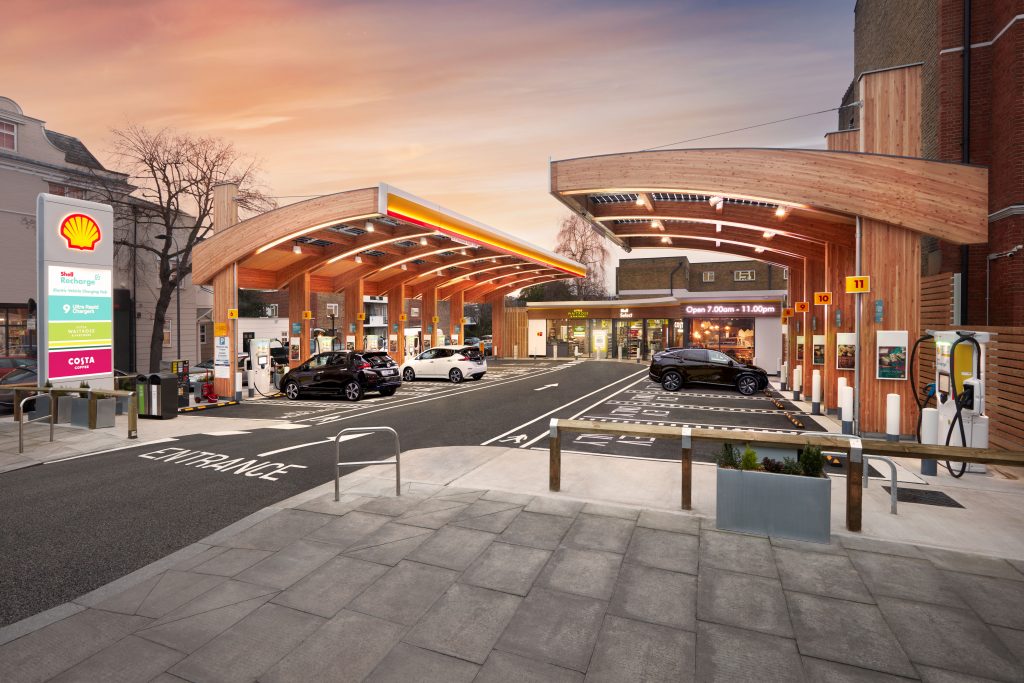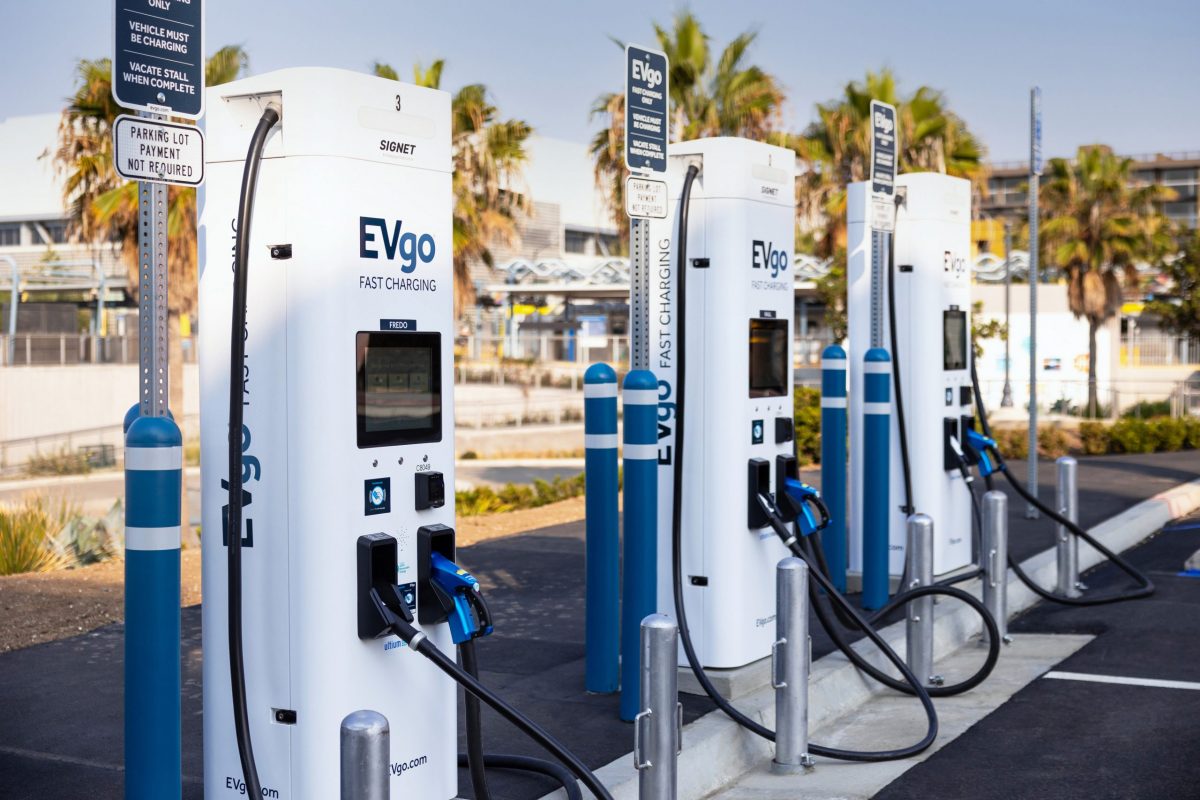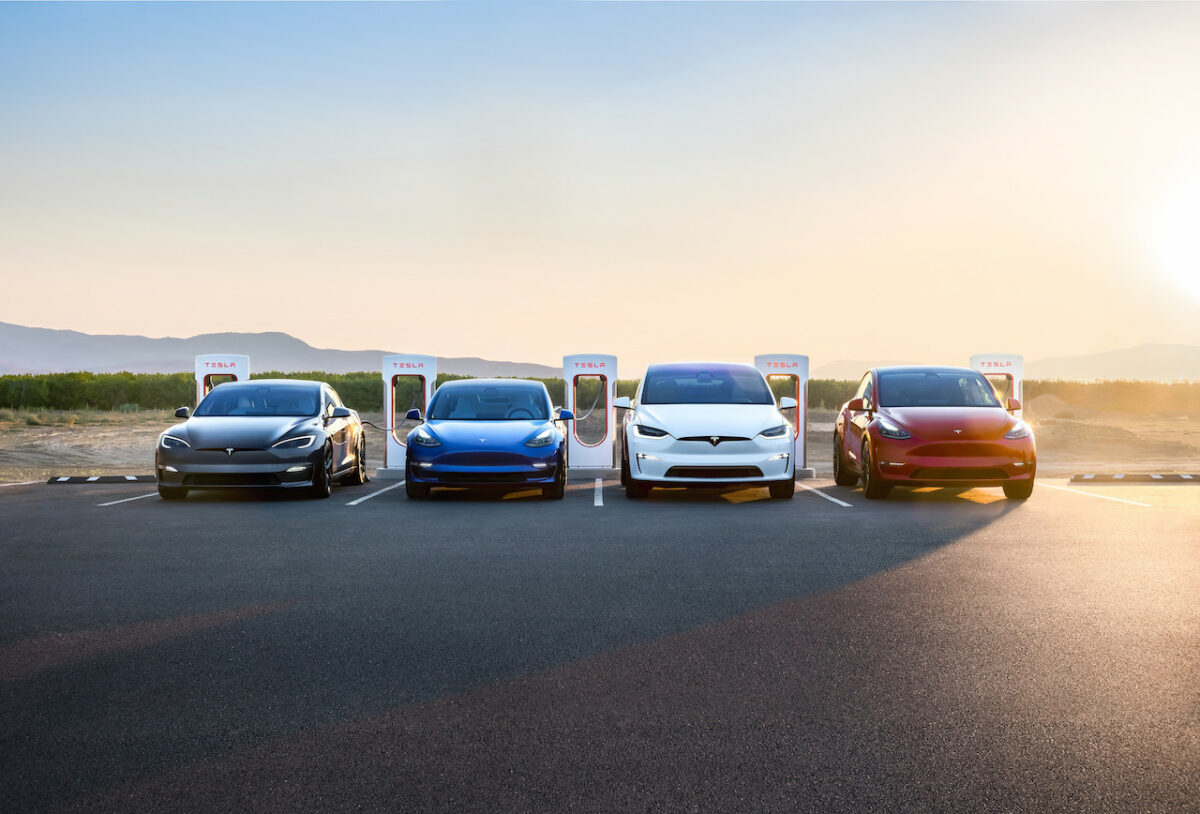Since 2020, more than 5,000 gasoline and diesel fuelling stations have closed in the UK, signalling the coming of a paradigm shift. With Shell’s recent conversion of its Fulham fuelling station to the first-of-its-kind electric charging hub, forecourts and retailers have some serious questions to address if they want to continue to compete.
Will this be a new avenue for forecourts and retailers to reduce emission goals? Can consumers be assured that their vehicles will be charged in a convenient and comfortable manner? Or will this be the future of mobility?
90% of drivers who made the switch to electric vehicles (EVs) are finding no desire to turn back to their environmentally damaging vehicles. Not to mention, there has been a 110% rise in UK drivers buying EVs between 2020 and 2021. Similar growth is also seen in other markets. The evidence points towards an electrified future, one that suggests this could be the beginning of the end for traditional fuel stations.
Can charging hubs lower carbon footprints?
A charging hub is a public station solely designed for rapid electric charging. Typically using rapid chargers ranging at 175kW, it takes ten minutes for an EV to be charged from 0 to 80% as seen in Shell’s charging hub. They can be built as standalone stations or on existing fuel station premises similar to Shell’s. To the other forecourts wondering whether charging hubs are the answers to their emission reduction aspirations, the answer lies in the facts.

As it stands, the UK government has invested £1.2bn (US$1.6bn) in the rollout of rapid EV charging hubs and local EV charging infrastructure. Though this may seem like a blessing, Ofgem predicts that EVs and vans will need 50-60 TWh of energy annually by 2050, an increase of 20-30% in comparison to 2021. This would mean more than just investments are needed. Physical assets in the energy and land use system are now imperative to neutralise that supply and meet decarbonising goals.
If industry continues on the current path, a total of £275tr would be needed to invest in physical assets to reach committed net-zero goals by 2050. Charging hubs answer this by making more efficient use of existing assets. Not to mention, spurring EV adoption significantly reduces air pollution. If the UK successfully electrifies transport modes by 2050, we will see one of the most impactful reductions in harmful chemicals responsible for asthma, inflammation and other lung problems. Simply encouraging the switch to EVs reduces 10 kg of harmful gases emitted into the air per year, lowering the overall impact.
Opportunities EV charging hubs bring
The benefits of retrofitting fuel stations to charging hubs is straightforward. By using petrol stations existing infrastructure, forecourts and retailers are able to avoid investments in electricity upgrades and be cost efficient. In fact, they can use EV charging as an additional revenue stream to drive footfall into their retail shops on top of charging services.
What’s more, charging hubs can help forecourts mitigate unpredictable price spikes associated with renewable energy by balancing the need for more electricity and the strain on power grids. This energy congestion will cause the cost of electricity delivered to potentially increase by 20% in 2050 when building out renewable power assets and grid infrastructure. Thus, pivoting towards charging hubs allows for cost-saving practices by using existing locations whilst also serving customers growing needs.
Developing the charging experience to be as similar or better than the current fuelling experience will be the key to helping consumers switch
But to meet consumer demands for the charging experience of the future, forecourts and retailers must ensure they are providing rapid charging for all vehicle types. Developing the charging experience to be as similar or better than the current fuelling experience will be the key to helping consumers switch. This means charging hubs must have everything from tyre changes to window washes to maintain the feel of a fuelling station. When the Kia e-Niro, one of the most driven EV’s in the UK, takes 44 minutes to charge to 80%, auxiliary services such as toilets and cafes will be fundamental in making the charging experience comfortable for consumers. On highway pit stops this issue may be mitigated through additional food and beverage services, seamless payment processes, and parking allotments. In rural areas overnight charging, will be integral to charging hubs to avoid the issue of time.
Whether it’s the cost efficiency, improvement of EV adoption or the utilisation of existing resources, converted charging hubs are signalling a paradigm shift in the mobility sector. By increasing the availability of rapid charging, consumers’ biggest concerns of range anxiety will be relieved. With that in mind, it’s not too late for forecourts and retailers to remain competitive in an increasingly electrified industry.
The opinions expressed here are those of the author and do not necessarily reflect the positions of Automotive World Ltd.
Michael Colijn is Chief Executive of Heliox
The Automotive World Comment column is open to automotive industry decision makers and influencers. If you would like to contribute a Comment article, please contact editorial@automotiveworld.com



